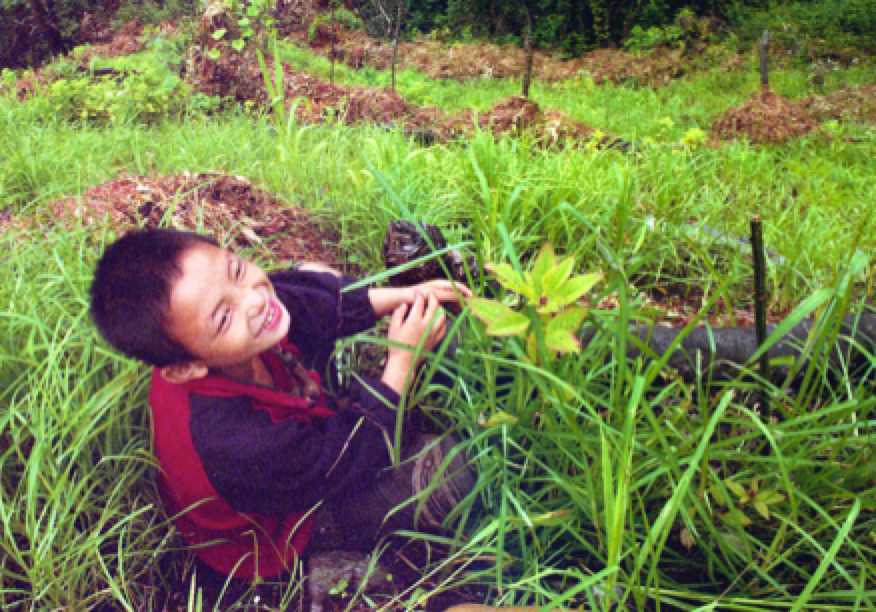Learning from Rong – Award-winning exhibition at Nikon Salon, Tokyo & Osaka
solo exhibition
“Learning from Rong” ロンに学ぶ
~The way of life outside of modern industrialized societies~

The Indigenous Lepcha People call themselves Rong. They have been living in the Sikkim Himalaya for hundreds of years, interacting with the biodiverse forest. A hundred years ago, the Rong were cultivating a variety of traditional crops, including rice, buckwheat and millet, in shifting agricultural fields. With the expansion of monocultural cash crops, like cardamom, many of these traditional crops have been replaced. However, diversity of traditional crops—which have high nutritional value and are often resistant to drought—is key in creating resilient communities that can adapt to climate change.


I lived in Lepcha villages, learning from the forest the way the Rong do in the hopes to see the world through their eyes. Through these experiences and interactions with these communities, I became more conscious of what it means to be human and exist on Earth.

I believe combining Indigenous and scientific perspectives on traditional plants will foster our understanding of human–nature relationships. I also believe that collaborative community art projects enable us to better observe and capture the knowledge and wisdom of local people, the life of plants, and interrelations between people and plants.

My photographs were selected by the Nikon competition, Juna21. I exhibited my photographs and illustrations from Sikkim and Darjeeling in the Nikon Salons in Tokyo and Osaka for two weeks. I was awarded the Miki Jun Inspiration Award from Nikon for this exhibition, and gained an opportunity to have another exhibitions in Japan in December 2017 to January 2018.

Presenting my research in the Himalayas with photography and illustrations at the Nikon salons was my experimental method for combining science and art to reach out to general public, raising awareness on the value of traditional livelihood strategies for climate change adaptation. To this end, this solo exhibition entitled “Learning from Rong: Exploring the diversity of lives outside of industrialized society” posed a question about what it means to live as a human on the earth, and gave insights on lifestyles that are in harmony with local ecosystems. This is a foundation for a new methodology I am developing, combining photography and illustrations to improve food security and climate change adaptation.

Historical Ethno-Ecology Approach in Sikkim Himalaya
Master’s thesis submitted to UC Berkeley, 2015

The indigenous Lepcha people have lived in Sikkim, a world biodiversity-hotspot, for more than eight centuries. Their traditional agricultural practices, hunting and gathering, enabled them to be self-sustaining in the biodiverse forest. Cultivated agriculture began around 1900 with the introduction of wet rice and cardamom. In the 1970s, commercial cardamom got expanded. In 2000, cardamom production collapsed due to disease. My research involves case studies at three scales on land use changes in the Lepcha territory following the expansion of cardamom. The first is a coarse grained GIS study of land use change for the village from 1989 to 2102. The other two are fine-grained key informant interview studies—one on land use change, and the second on the persistence of traditional food crops. I found decline in crop diversity in the area devoted to the monocultural cardamom cash crop system, which regionally resulted in a forest cover increase after the crash of the cardamom, and the persistence of traditional food crops only in the most remote villages.
I’m grateful for Dr. Kamal Bawa and the Ashoka Trust for Research in Ecology and the Environment (http://www.atree.org) for letting me gain these experiences in Sikkim.